Composer Joseph Koo’s passing coincided with a series of programs at the Hong Kong Film Archive, highlighting the fascinating evolution of Hong Kong movie and TV music over the years. Mathew Scott reports.
 Film stills, from left, top row: Doe Ching’s The Dancing Millionairess (1964); Hong Kong Nocturne (1967) from Japanese director Inoue Umetsugu; Doe’s Calendar Girl (1959) and Love Parade (1963). Second row: Les Belles (1961), also from Doe; two stills from Wong Yiu’s Summer and Spring, aka The Sweetest Moment (1967); Sit Kwan’s The Lark (1965). Third row: Chan Wan’s Colorful Youth (1966); The Way We Dance (2013) from Adam Wong Sau-ping; two stills from Umetsugu’s King Drummer (1967). Bottom row: Two stills from Love Parade; Clifton Ko Chi-sum’s I Have a Date with Spring (1994); The Lark. (PHOTO PROVIDED TO CHINA DAILY)
Film stills, from left, top row: Doe Ching’s The Dancing Millionairess (1964); Hong Kong Nocturne (1967) from Japanese director Inoue Umetsugu; Doe’s Calendar Girl (1959) and Love Parade (1963). Second row: Les Belles (1961), also from Doe; two stills from Wong Yiu’s Summer and Spring, aka The Sweetest Moment (1967); Sit Kwan’s The Lark (1965). Third row: Chan Wan’s Colorful Youth (1966); The Way We Dance (2013) from Adam Wong Sau-ping; two stills from Umetsugu’s King Drummer (1967). Bottom row: Two stills from Love Parade; Clifton Ko Chi-sum’s I Have a Date with Spring (1994); The Lark. (PHOTO PROVIDED TO CHINA DAILY)
The passing of Joseph Koo on Jan 3 gave Hong Kong’s music lovers pause for thought. It was a time to reflect not just on the acclaimed composer’s work, but also on how music made for both the small and big screens captured the spirit of the period they were made in.
During a career spanning five decades, Koo produced the iconic themes for the drama series Below the Lion Rock and The Legend of the Condor Heroes, among others. He tapped into and helped expand the reach of Cantopop through his songwriting partnership with the lyricist James Wong Jim, providing the music for a diverse range of films that included John Woo’s classic thriller A Better Tomorrow (1986) and the Bruce Lee vehicle Fist of Fury (1972).
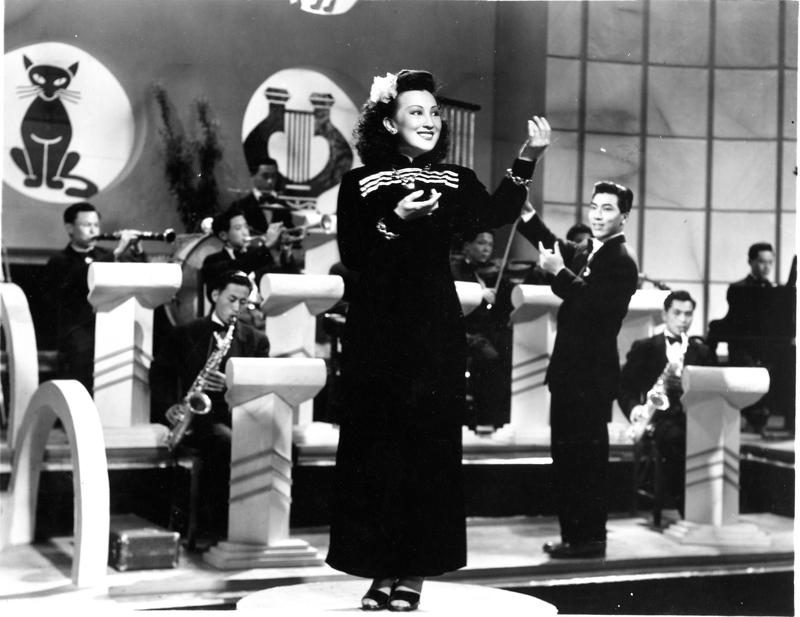 Fang Peilin’s Song of a Songstress (1948). (PHOTO PROVIDED TO CHINA DAILY)
Fang Peilin’s Song of a Songstress (1948). (PHOTO PROVIDED TO CHINA DAILY)
Koo died aged 91 in Canada, his adopted country since the early 1990s. Hong Kong’s secretary for culture, sports and tourism, Kevin Yeung, pointed to Koo’s “spirit” and his “memorable, touching melodies” in his tribute to the legendary composer.
Koo was at the forefront of Hong Kong’s “golden ages” of both cinema and TV. He worked with the famed Shaw Brothers and Golden Harvest film studios, as well as the TVB talent factory, after studying at Boston’s Berklee College of Music during the 1960s.
“Joseph Koo’s works are evergreen pieces that have been a significant part of Hong Kong people’s lives over the years, and enriched the lives of Chinese people around the world,” said Yeung.
Film studies academic Angela Law Tsin-fung notes that Koo’s legacy includes an expansive body of work across movie genres — “from kung fu films through romantic comedies to gangster films” — and musical styles.
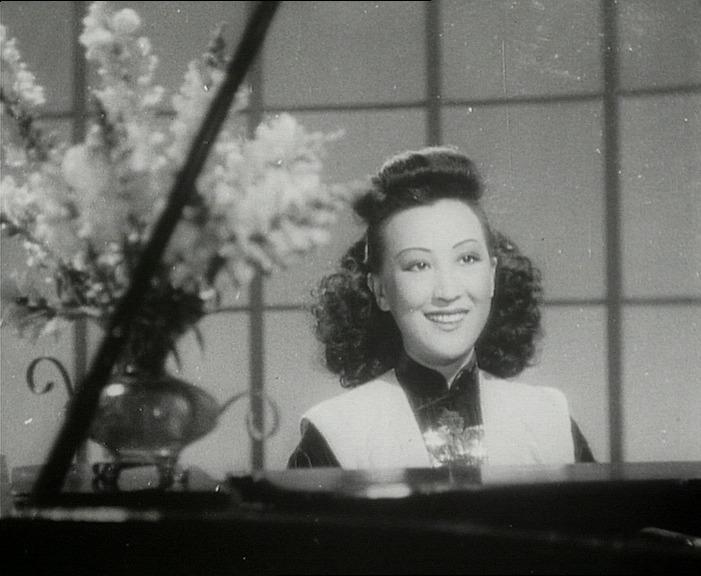 Fang Peilin’s Song of a Songstress (1948). (PHOTO PROVIDED TO CHINA DAILY)
Fang Peilin’s Song of a Songstress (1948). (PHOTO PROVIDED TO CHINA DAILY)
“Joseph often (combined) different music styles to suit the messages or styles of a film,” says the assistant professor and program leader of the creative writing and film arts program at the School of Arts and Social Sciences, the Hong Kong Metropolitan University.
Such mixed styles included using traditional Chinese instruments to play modern, Western, atonal music in Fist of Fury — a score that deserved greater acclaim, according to Law.
In A Better Tomorrow, the composer links up “three musical variations in one piece to match the shifting montage images”.
“That is very innovative, suggesting that he was aware of different film scoring conventions and could creatively blend them during scoring,” Law explains.
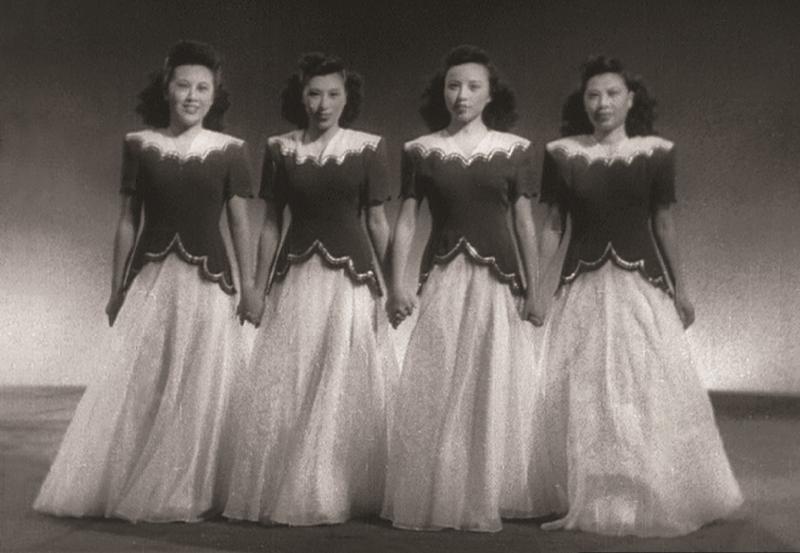 Portrait of Four Beauties (1948) from Woo Sam-leng. (PHOTO PROVIDED TO CHINA DAILY)
Portrait of Four Beauties (1948) from Woo Sam-leng. (PHOTO PROVIDED TO CHINA DAILY)
Reelin’ in the years
The composer’s passing coincided with a series of Hong Kong Film Archive (HKFA)-hosted programs, turning the spotlight on the city’s film music heritage. The series also serves as a record of how the evolution of music reflects changes in society.
Law was in attendance back on Jan 8 for a Movie Talk session with film composer Tomy Wai. It focused on his award-winning work in movies such as Temptation of a Monk (1993) and included a series of screenings. Meanwhile, HKFA’s ongoing Morning Matinee: Cinematic Silhouettes of Song and Dance series includes two classic musicals: Doe Ching’s The Dancing Millionairess (1964) and Xue Qun’s The Lark (1965), screening Mar 10 and 17 respectively. Both films feature music by Koo.
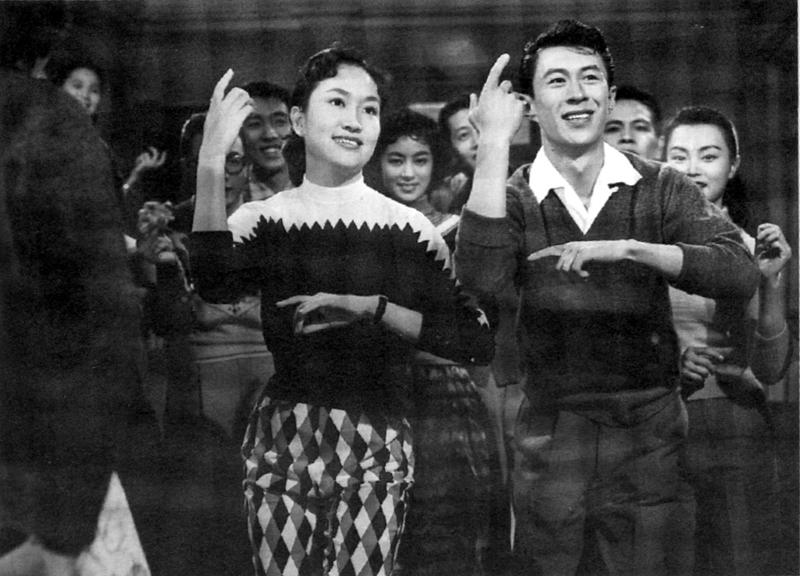 Wen Yi’s Mambo Girl (1957). (PHOTO PROVIDED TO CHINA DAILY)
Wen Yi’s Mambo Girl (1957). (PHOTO PROVIDED TO CHINA DAILY)
Law specializes in global and Hong Kong film music, and she has published a series of books on the subject. She grew up loving music and films, and wondering why music was seen as being of secondary importance in a film.
She says that in the 1950s and ’60s, Hong Kong films mostly used canned music —
“meaning there was no original score, and most film music was taken from records or movies imported from the US and Europe”.
Law points out that Cantopop’s sweeping popularity in the 1970s and ’80s saw it become a staple of most Hong Kong films. “The practice of using an original score — music tailor-made for a particular film, not preexisting music or songs — started in the 1970s, but it was not seen as indispensable until the mid-’90s,” she adds. Original film scores were, up to that point, deemed unimportant by many filmmakers and investors. “But under these unfavorable conditions, many composers tried to make good film music,” Law asserts. “One of them is definitely Joseph Koo.”
 Wen Yi’s Mambo Girl (1957). (PHOTO PROVIDED TO CHINA DAILY)
Wen Yi’s Mambo Girl (1957). (PHOTO PROVIDED TO CHINA DAILY)
The composer’s work on The Lark is a case in point.
HKFA’s assistant curator, Wing Ng, who worked on piecing the Cinematic Silhouettes program together, notes how Koo would blend traditional musical forms with contemporary sounds. “It really showed Joseph Koo’s talent,” she says. The technique helped turn The Lark’s lead actress, Carrie Ku Mei, into a superstar. “She was already a very popular singer but this film made her a star actress,” Ng says.
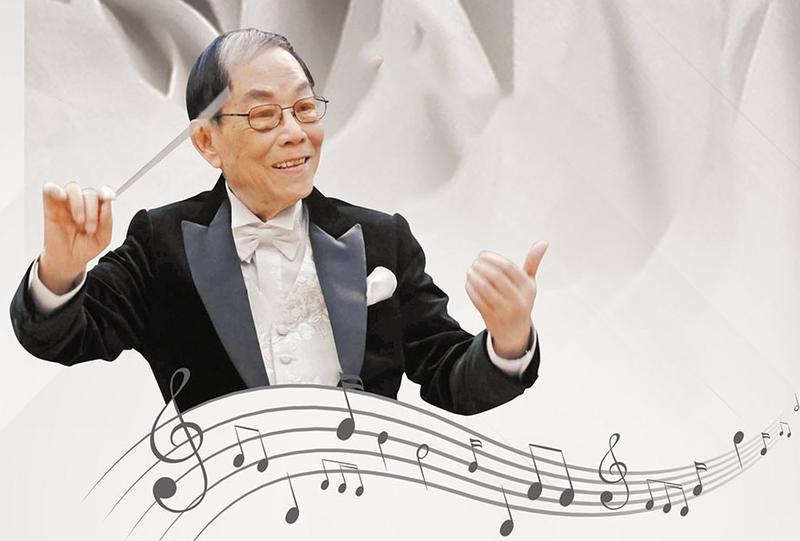 Acclaimed composer Joseph Koo penned hundreds of well-known songs — including Cantopop, TV themes and movie music — during Hong Kong cinema’s golden era. He died in January. (PHOTO PROVIDED TO CHINA DAILY)
Acclaimed composer Joseph Koo penned hundreds of well-known songs — including Cantopop, TV themes and movie music — during Hong Kong cinema’s golden era. He died in January. (PHOTO PROVIDED TO CHINA DAILY)
Light and shadow
Outside Koo’s work, Ng points to two features on the Cinematic Silhouettes program that chart the breadth of the relationship between Hong Kong movies and music, and how both have often reflected the mood of the city itself.
The first is director Fang Peilin’s Song of a Songstress (1948). Set in postwar Hong Kong, it traces the life of famed singer Zhou Xuan, using songs to heighten the sense of the impending tragedy that would befall her. “The film is quite different from other musicals of the time, which tended to be uplifting, optimistic or kind of lighthearted,” notes Ng. “It’s a tragic story with a somber tone.”
More uplifting — and far more recent — is the Adam Wong Sau-ping-directed musical The Way We Dance (2013), which follows the fortunes of a struggling local dance crew. Ng says the film showcases how Hong Kong movie music can be used not just to entertain, but also to inspire.
“There’s a famous line from the movie: ‘How far are you willing to go for dance?’ I think this is such a great message for today,” she says, pointing out that the word “dance” can be substituted for anything else that’s personally meaningful. “This is a very inspiring quote. Musicals are often about chasing your dreams — I think that’s one of the reasons why Hong Kong loves them.”
If you go
Cinematic Silhouettes of Song and Dance
Dates: Through June 2
Venue: Hong Kong Film Archive, 50 Lei King Road, Sai Wan Ho



